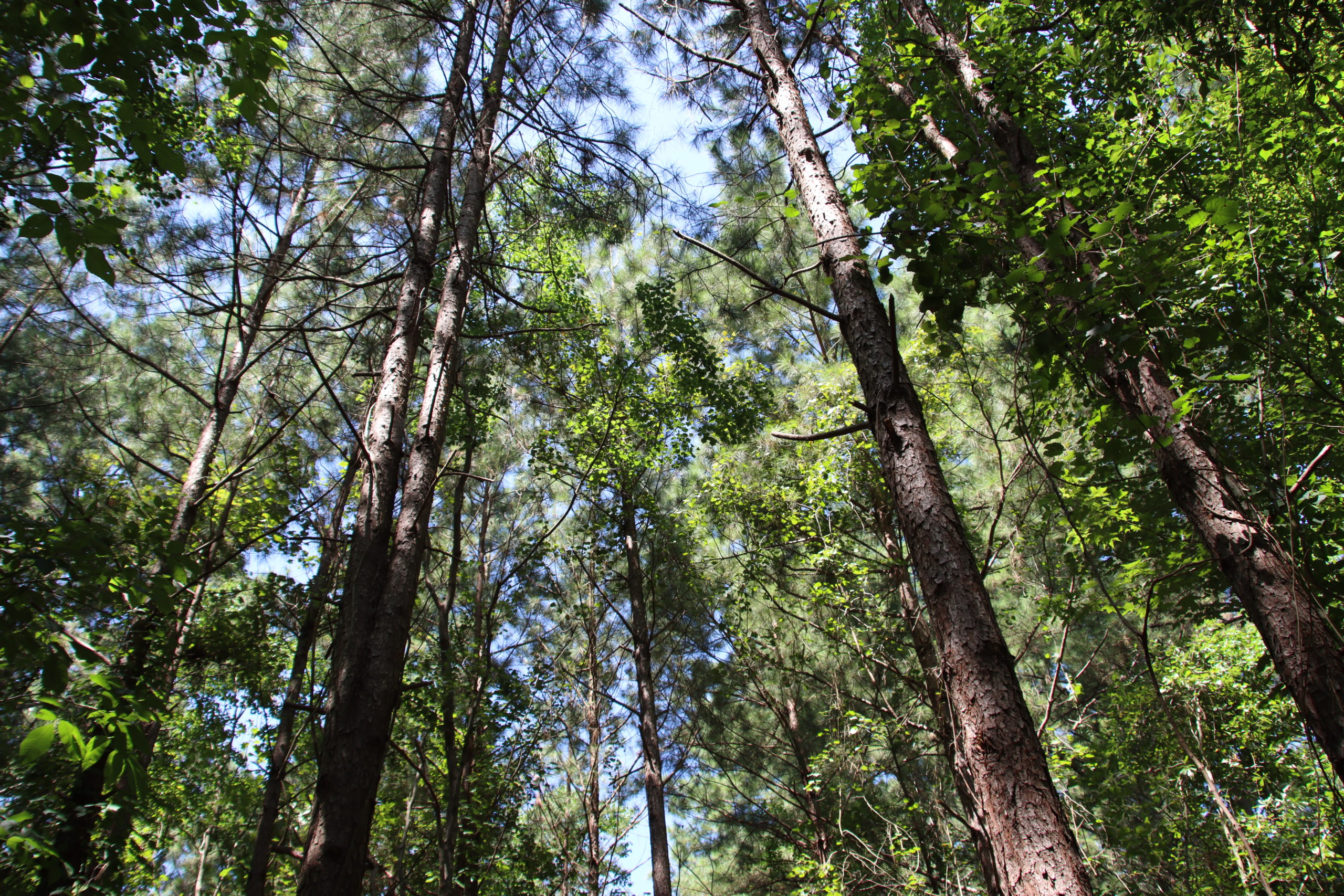Forestry Commission releases Mississippi Forest Action Plan 2020
The Mississippi Forestry Commission (MFC) has released Mississippi’s Forest Action Plan 2020, announced State Forester Russell Bozeman.

The MFC is the lead agency responsible for the protection, management and sustainability of the state’s forest resources. In 2010, the MFC released the inaugural Forest Resource Assessment and Forest Resource Strategy. Mississippi’s Forest Action Plan (FAP) 2020 is an update to this inaugural document.
The Forest Action Plan analyzes forest conditions and trends in the state and prioritizes rural and urban forest landscape areas. It also provides general long-term strategies and plans for the state’s forestland. The FAP gives the Forestry Commission and all forest stakeholders a guide for how to effectively manage and leverage forest resources in Mississippi.
Russell Bozeman, MFC state forester
Mississippi’s Forest Resource
Over 62 percent of Mississippi’s land base is forested, totaling approximately 19.2. million acres. Pine forests cover 7.8 million acres (41 percent of the forested area). Hardwood and oak-pine timber types occupy 10.3 million acres (over 53.11 percent of the state’s timberland).
In Mississippi, 89 percent of forest land is in private ownership, 8.7 percent in federal ownership and 3 percent in state/local ownership.
“Forest-related industries contribute $13.1 billion to the state’s economy and directly employ 61,794 people paying $1.1 billion in wages each year,” Bozeman said. “In any year, timber will be among the three most valuable agricultural crops. In addition to economic benefits, human health, aesthetic, habitat, ecosystem service and recreational benefits of forests are also well-documented and recognized.”
Key Forest Issues in Mississippi
Seven key issues were identified by the public and stakeholders as areas of primary concern regarding Mississippi’s forest resources.
“When looking to update the Forest Action Plan, the MFC consulted with various stakeholders to gain insight into the issues that concerned them,” said Bozeman. “From federal and state partners to private landowners, the issues presented in the Forest Action Plan are the top concerns for forest stakeholders in Mississippi.”
Forest Sustainability and Markets
Though forest lands have increased over the past four decades, since 2010 forest market conditions have become challenging. Since 2015, Mississippi has also lost 14 percent of its mills. These difficult market conditions could have negative long-term impacts on forest health and may ultimately lead to landowners considering conversion as an alternative choice.
Landowner Trends
Most private forest lands in the state are family-owned, less than 100 acres and held for more than 10 years. Though Mississippi is still a rural state, forest ownership is increasingly being affected by changing land ownership values. Traditional forest management economic objectives are being replaced by non-traditional management goals, such as ecosystem goods/services and non-timber management objectives.
Forest Health
Healthy, diverse forests provide multiple public benefits including timber, recreation, aesthetics, soil, air and water quality protection, and wildlife habitat. Forest pests and non-native invasive species have caused adverse impacts on the value, productivity, functionality and ecosystem services of forest communities in the state.
Stewardship
Promoting the proper management and responsible use and protection of natural resources helps minimize the harmful effects of wildfires, insects, diseases, invasive species, climate changes and storms and will improve the health and productivity of forest communities.
Wildland Fire
Fire is critical for forest health. Human development around forested areas continues to increase the potential for catastrophic impacts from wildfires. Reducing or eliminating fuels from the forest structure is integral for the protection of forest resources and the safety and protection of people and property.
Climate Change
Locally, forests provide shade, reduce air temperatures and can create cooler microclimates under the canopy and in bodies of water. Forests are major repositories of carbon. Healthy forests have a higher carbon storage potential than any other land use in the state. Maintaining existing forest cover and reforestation of agricultural lands will increase the carbon storage potential across Mississippi’s landscape.
Wildlife
Forested communities in Mississippi provide essential habitat for many common and declining resident and migratory fish and wildlife species. Wildlife provides important natural benefits to forests as pollination, seed dispersal and soil and nutrient recycling and control of other populations. Conversion and/or changes in structure and composition of natural forest communities have spurred the decline of species of concern indigenous to the state. Maintaining, protecting, and restoring natural forest communities is key to the survival and recovery of these species.
“I want to thank the team that spent months putting Mississippi’s Forest Action Plan together. This was a huge undertaking and I am proud of the plan that was produced,” said Bozeman. “The MFC is committed to working with partners and stakeholders to implement the recommended strategies in this 2020 Forest Action Plan over the next 10 years.”
Click here to view the Mississippi Forest Action Plan 2020.
